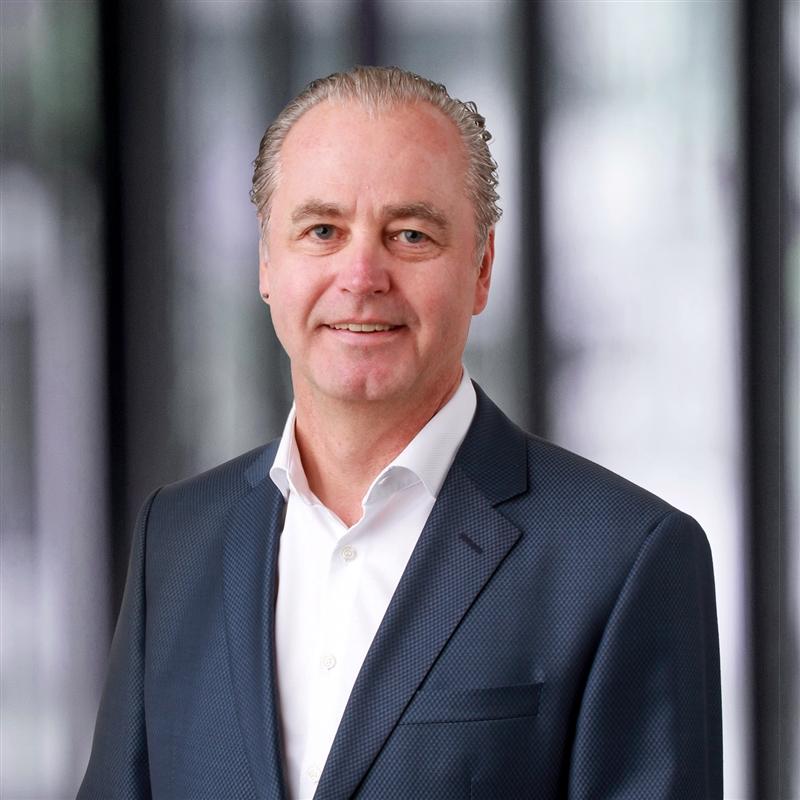Groundwater Completion Strategies for Complex Sites
Maximum contaminant levels (MCLs) and the restoration of beneficial uses have long formed the expected standards for cleanup of groundwater contamination. Over time, however, regulators and responsible parties have found that the timeframes for remediation to these ultimate cleanup goals are often much longer at complex sites than originally estimated, and that the selected technology might be limited in its effectiveness beyond a certain point. As a consequence, if the existing remedy will not achieve the groundwater remedial action objectives and associated cleanup levels, either the remedial technology or the comprehensive remedy should be modified.
Especially on complex groundwater sites, such as those contaminated by dense non-aqueous phase liquids, or those exhibiting challenging hydrogeologic conditions with highly variable hydraulic conductivities, the conventional approach of selecting a remedial technology and applying it until contaminant concentrations meet MCLs has proven inefficient or even futile.
Complex Sites Require Multiple Remedies
A major challenge for remediation of groundwater at many complex sites is that the difference between the initial or residual contaminant concentrations and the ultimate concentration-based cleanup objectives are many orders of magnitude apart. For example, the difference between 50 mg/l concentration in groundwater and a 5 µg/l is four orders of magnitude, requiring a 99.99% reduction in concentrations! In addition, large quantities of contaminant mass are often trapped in soil or bedrock horizons of very low hydraulic conductivity, making them very difficult to access.
In the past, feasibility studies and records of decision often focused on a single remedial technology. However, each technology has a “sweet spot” or range of concentrations and site-specific factors where it can provide maximum concentration reduction, and our “tool box” of treatment technologies contains no technologies that alone can cost-effectively achieve the final objectives for all concentration ranges across the full range of geologic conditions at a complex site. Therefore, multiple-technology remedies are often needed to achieve these objectives.
Realistic Goal Setting for Combined Remedies
Scientists and practitioners emphasise that different technologies are typically needed for different areas of a site (e. g. high concentration source area or dilute plume) AND for different phases of the remediation. Encouraging the use of multiple technologies to achieve real remedial progress requires setting realistic, functional goals – those that demonstrate risk reduction while measuring progress toward absolute objectives. These interim, functional goals measure performance of a given technology throughout its useful life, and provide indicators for when the technology performance has reached a point that transition to a more appropriate technology for the new condition should be made.
We need to incentivise remediation progress and risk reduction at complex groundwater sites, while recognising the challenges posed at such sites and still maintain the ultimate goal of restoration.
Contaminant Mass Discharge as a Performance Metric
A key challenge for the environmental professional is to set realistic remedial goals that are necessary and appropriate to reduce risk and establish a measurable path toward remedial action objectives. Cleanup time frames are especially difficult to estimate, and contaminant mass in the subsurface is very difficult to quantify. However, contaminant mass is often not directly related to risk of exposure or harm. Rather, contaminant mass discharge is directly related to migration, potential exposure and risk. Contaminant discharge can be assessed and monitored in a variety of ways and can form the basis for realistic risk reduction and continued assessment of progress of the remedial systems. Accordingly, mass discharge and the associated dynamics of the plume (i. e. plume stabilisation or reduction) make appropriate groundwater remedy performance metrics.

We need to set realistic remedial goals to reduce risk and establish a measureable path toward remedial action objectives.






